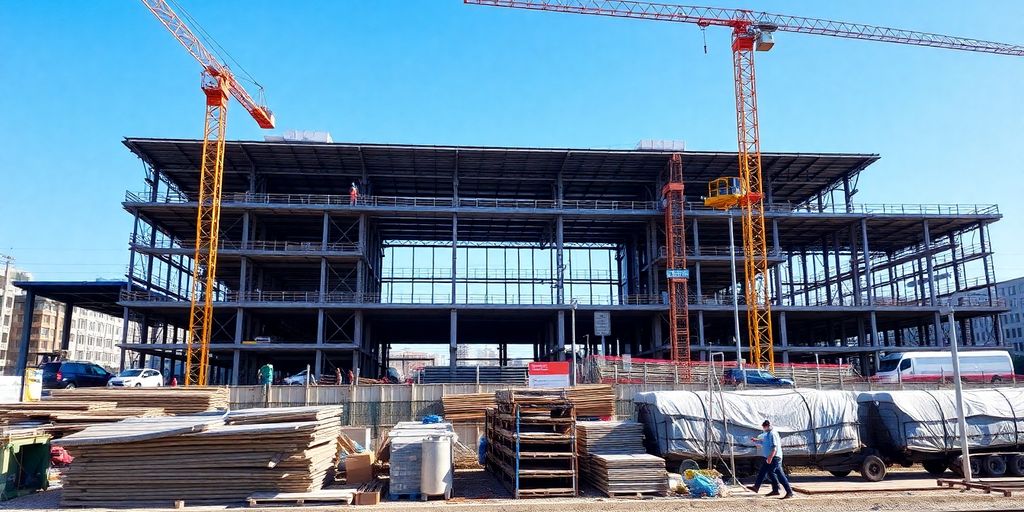Albania is making significant strides in modernizing its transportation infrastructure with the ongoing construction of a new railway station in the capital, Tirana. This project is part of a broader initiative to enhance the country’s railway network, aiming to improve connectivity and support economic growth.
Key Takeaways
- The new railway station is a crucial part of Albania’s infrastructure modernization efforts.
- The project is expected to boost local and regional connectivity.
- Funding for the project comes from various international financial institutions.
Overview of the Railway Station Project
The construction of the new railway station in Tirana is a landmark project that reflects Albania’s commitment to improving its transportation infrastructure. The station is designed to accommodate increased passenger traffic and facilitate better connections with neighboring countries.
The project is part of a larger initiative to modernize the Albanian railway system, which has been underdeveloped for many years. The new station will serve as a central hub for both domestic and international rail services, enhancing the overall travel experience for passengers.
Funding and Financial Support
The construction of the railway station is supported by a financial package from the European Investment Bank (EIB) and other international partners. Key aspects of the funding include:
- A €90.5 million financial package from the EIB.
- A combination of grants and loans aimed at supporting the modernization of the railway network.
- Additional funding from the Western Balkans Investment Framework to ensure the project’s success.
Benefits of the New Railway Station
The new railway station is expected to bring numerous benefits to Tirana and the surrounding regions, including:
- Improved Connectivity: Enhanced links to major cities and neighboring countries, facilitating easier travel for both residents and tourists.
- Economic Growth: Increased accessibility can lead to economic development, attracting businesses and investments to the area.
- Environmental Impact: Promoting rail travel as a sustainable alternative to road transport, contributing to reduced traffic congestion and lower carbon emissions.
Future Prospects
As the construction progresses, the Albanian government is optimistic about the potential impact of the new railway station on the country’s transportation landscape. The project aligns with broader European Union initiatives aimed at improving infrastructure in the Western Balkans, fostering regional integration and cooperation.
In addition to the railway station, Albania is also focusing on other railway enhancements, including the rehabilitation of existing lines and the electrification of key routes. These efforts are crucial for establishing a modern and efficient railway system that meets the needs of the population and supports economic development.
Conclusion
The construction of the new railway station in Tirana marks a significant milestone in Albania’s journey towards modernizing its transportation infrastructure. With strong financial backing and a clear vision for the future, this project is set to transform the way people travel in and out of the capital, paving the way for a more connected and prosperous Albania.
Sources
- Albanian railway enhancement financing agreement | News, Railway Gazette International.






